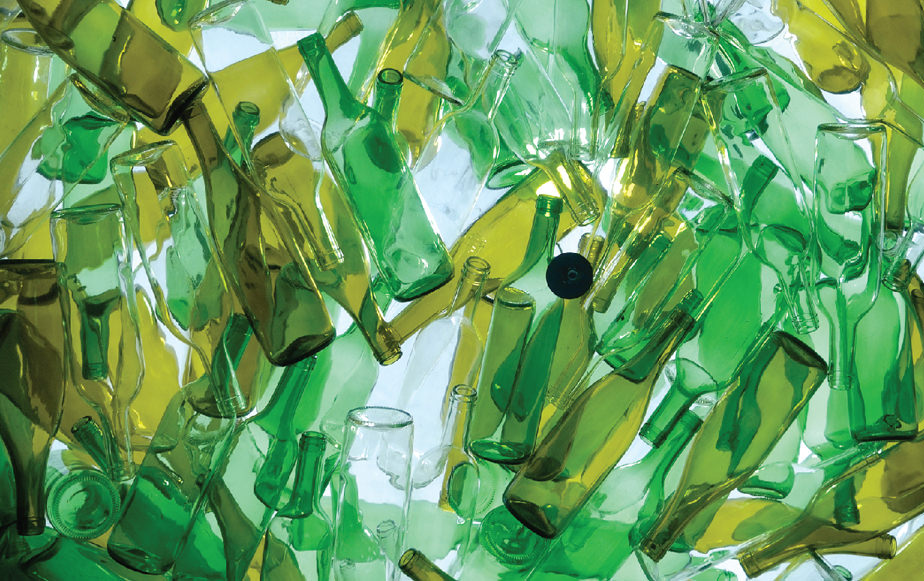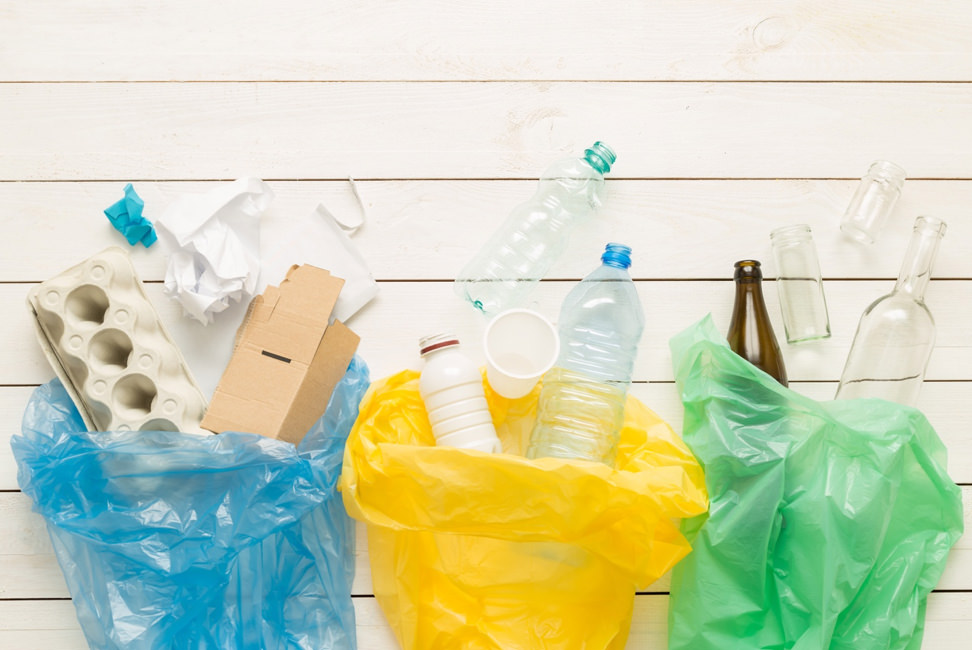
Fast Facts About Glass Bottle Recycling
The beauty of using glass containers is they can be used over and over again for a multitude of purposes, including the making of new glass containers. Glass is 100% recyclable and it will never lose its purity or its quality. It can take long time for glass to fully break down in a landfill environment. However, recycling glass can turn an old bottle to into a new one to reappear on the grocery store shelves fairly efficiently.
Glass has been around for centuries. It is made up of many natural ingredients including silica (sand), soda ash, and limestone. Also added to the mix is cullet, an industry term for recycled glass that's considered furnace-ready. The cullet used in the glass bottle manufacturing process is procured from recycled glass that's waste glass, which is glass found to have imperfections in the production line. Recycling is also important for the protection of the environment and from a manufacturing standpoint, using recycled glass saves energy and reduces emissions as cullet melts at a lower temperature.
The Process of Glass Bottle Recycling
Consumers and businesses are encouraged to recycle their glass bottles and jars to decrease the amount of waste ending up in landfills. Manufacturers of glass containers always have a need for recycled glass, as they require high quality cullet to be used for making new glass containers. While not all glass (windows, bakeware) is suitable for recycling into new products, glass containers for food and beverages are of the highest quality and the most sought after.
Many state and local government offices throughout the country offer recycling programs which accept glass, aluminum, paper, cardboard, and other items to reduce the amount of waste going to landfills. The process of recycling is an ongoing loop which involves:
Recycling Drop-Offs/Collection - Depending on where you live, recyclables may be picked up curbside on a regular schedule or a drop-off location has been designated, which houses the bins needed for sorting the recyclables.
Delivery - Once the items have been collected, they are delivered to a MRF (material recovery facility) to be separated by material type.
Processing - All collected glass will be sent from the MRF to a glass processing company, where it will be separated from the trash and debris and sorted by color. The recycled glass cullet (crushed glass) can then be sold to glass container manufacturers to be turned into new glass bottles and jars.
Resale - Products are constantly being sold in new glass containers, which will go on to be recycled and continue the loop.

Know Your Recycling Etiquette
Most local recycling drop offs have signage posted indicating the need for clean recyclables. While dirty food containers won't derail further collection efforts, it is a good idea to recycle glass items after having first cleaned them. This practice will pay out in the long run. Municipal centers typically sort recycling first by type and then by quality. They also separate clean recyclables from the dirty ones. Clean recyclables pay a higher rate than the dirty ones so municipalities will receive more money, which eventually can help reduce costs for taxpayers. Unclean recyclables can still be used but they require more preparation work from the manufacturer's perspective.
Glass containers on the market may contain up to 95% recycled glass. Furthermore, an estimated 80% of all recycled glass becomes a brand-new glass container. Recycling also helps conserve natural resources. For every ton of glass recycled by consumers, more than a ton of raw materials is saved, which includes a thousand pounds of sand and hundreds of pounds of sodium carbonate and limestone. This saves glass bottle manufacturers time and money, which can then be passed along to their wholesale glass container customers.
For an infographic on the glass manufacturing process, click here: Infographic - From Grit to Glass, How Are Glass Bottles Made.
View the video: From Grit to Glass: How Glass Bottles are Made







































